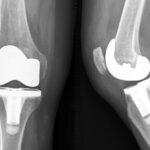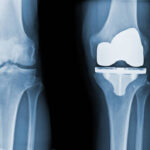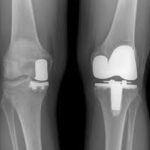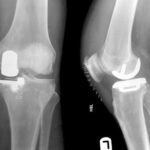Knee Joint Replacement
"To keep the body in good health is a duty... otherwise, we shall not be able to keep the mind strong and clear."
Knee Replacement
Who Needs Knee Replacement Surgery?
You and your doctor may consider knee replacement surgery if you have a stiff painful knee that makes it difficult to perform even the simplest of activities and other treatments are no longer working. This surgery is generally reserved for people over age 50 who have severe osteoarthritis.
Our Happy Patient...

What Happens During Knee Replacement Surgery?
Once you are under general anesthesia (meaning you are temporarily put to sleep) or spinal/epidural anesthesia (numb below the waist) an 8- to 12-inch cut is made in the front of the knee. The damaged part of the joint is removed from the surface of the bones, and the surfaces are then shaped to hold a metal or plastic artificial joint. The artificial joint is attached to the thigh bone, shin and knee cap either with cement or a special material. When fit together, the attached artificial parts form the joint relying on the surrounding muscles and ligaments for support and function.
Before & After
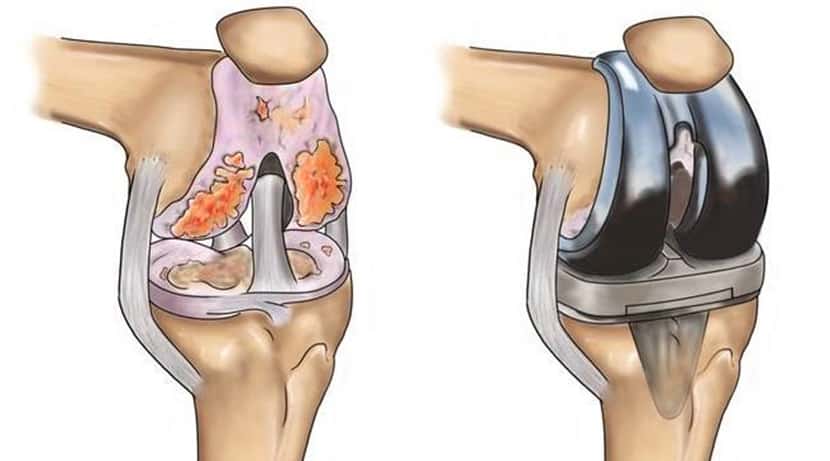
What Are Recent Advances in Knee Replacement Surgery?

Minimally invasive surgery has revolutionized knee replacement surgery as well as many fields of medicine. Its key characteristic is that it uses specialized techniques and instruments to enable the surgeon to perform major surgery without a large incision.
Minimally invasive knee joint replacement requires a much smaller incision, 3 to 5 inches, versus the standard approach and incision. The smaller less invasive approaches result in less tissue damage by allowing the surgeon to work between the fibers of the quadriceps muscles instead of requiring an incision through the tendon. It may lead to less pain, decreased recovery time and better motion due to less scar tissue formation
We are here to help you Get relief from your pain
Get reed of from various body pain from our experienced doctor.


